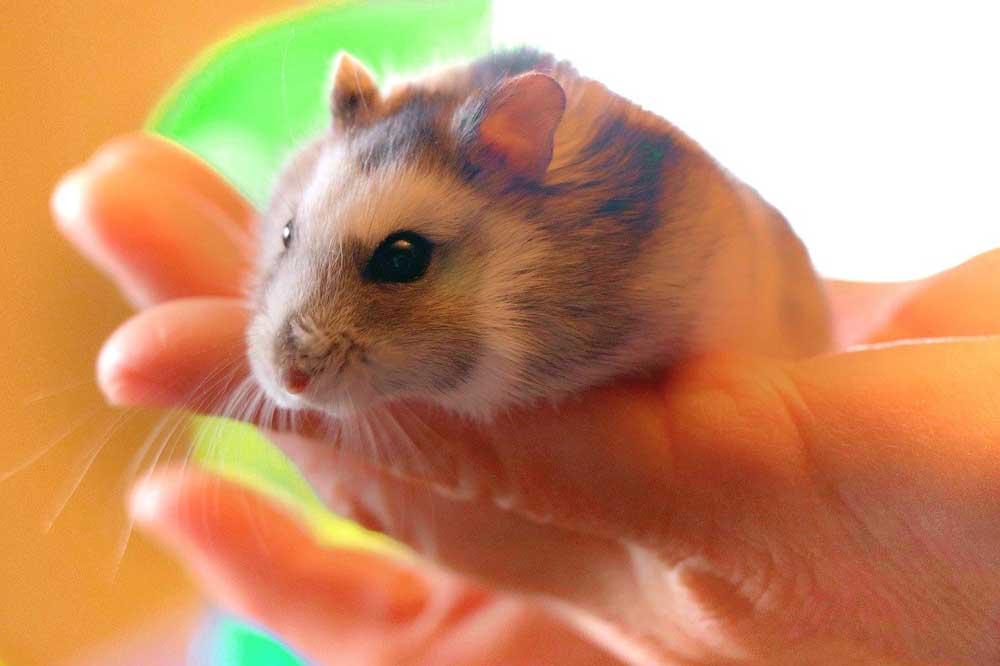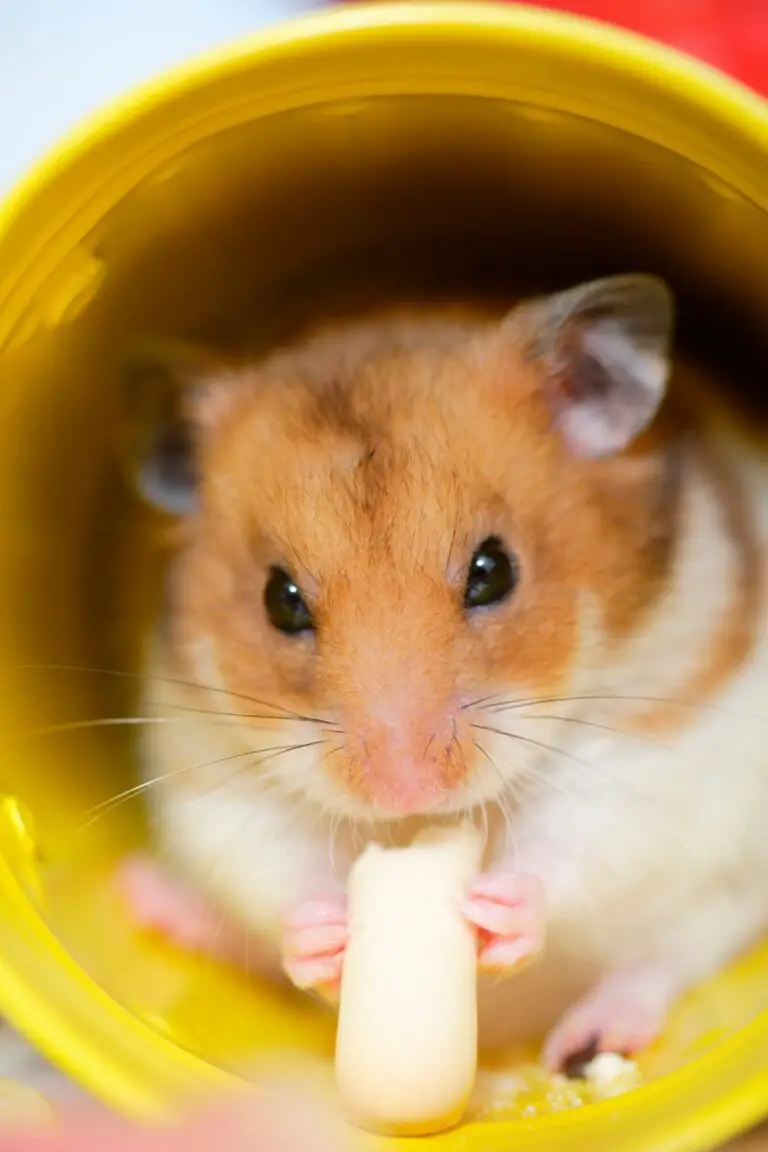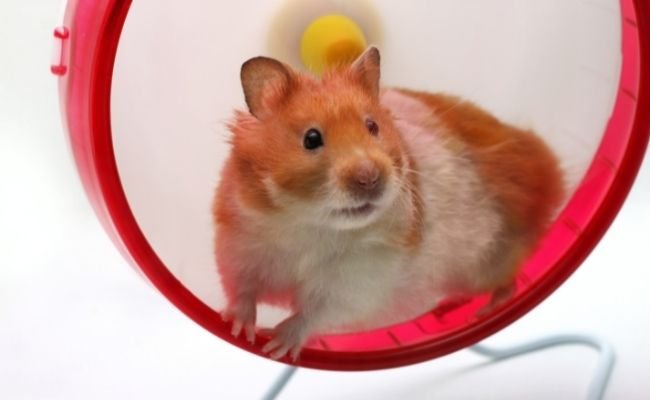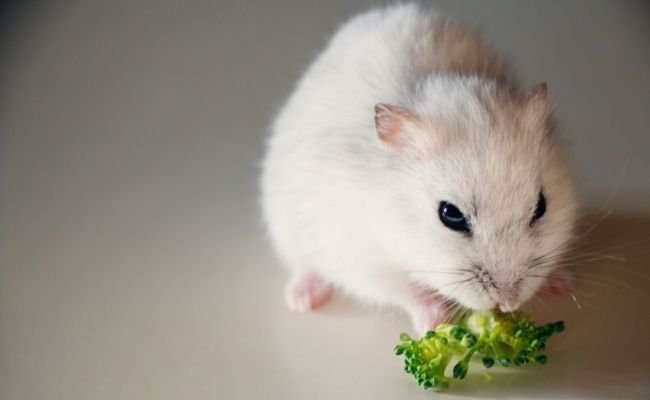Everything You Need To Know About Wet Tail Disease In Hamsters
Wet tail is a popular name in hamster circles because it is a disease that is quite common in the small pets. Hamsters have tiny bodies and their healths deteriorate fast whenever they contract any sort of illness or infection.
In this topic, we will look more into wet tail in hamsters; what causes it, signs to look out for, and what you can do about it. So read along to find out more.
What is wet tail?
Wet tail is also known as proliferative ileitis. It is simply a tail that is wet and mainly from constant diarrhea.
The condition is most prevalent in Syrian hamsters because of their long hair, younger hamsters below 12 weeks old, and aging hamsters that have a hard time grooming themselves well.
Dwarf breeds like the Roborovski hamsters are the least likely to acquire the disease. It is serious and highly fatal within a few hours after it’s first sign has appeared in a hamster.
Causes of wet tail in hamsters
Wet tail in hamsters is associated with bacteria like Lawsonia intracellularis and overgrowth of the naturally occurring Campylobacter jejuni bacteria in their bodies.
There are several factors that lead to wet tail by bringing about diarrhea. They include:
Stress
Stress is the main cause of wet tail in hamsters. Hamsters are tiny but they are very prone to getting stressed.
Stress is bad for them because it causes their immune system to become weakened. This on the other hand will make them get sick often.
Stressors for your pet include the following:
- Loud noises – hamsters have very sensitive hearing senses and loud noises can be too much for them. Whether it’s loud music, barking dogs, or door banging, the little pet can get stressed from it.
- New environment – hamsters have to move before finally settling in their new homes. Whether you are getting your pet from a relative, a pet store, or a shelter, they’ll have to move from their original home to yours and the new environment will make them stressed before they settle down and get used to their new home.
- Separation of young ones from their mothers or siblings – separation is never easy even for humans. If you separate a young pet from their mothers or the rest of the litter, they’ll get frustrated and stressed especially if they are still too young.
- Frequent handling – hamsters are territorial. If you keep holding them or touching them mostly when they are new and have not yet gotten used to you, they will get stressed.
Diet
A hammy’s diet should consist of dry hamster pellets, grains, veggies, fruits, and some protein. Certain foods are okay for hamsters to eat while others are unsafe and should never be fed to them.
Unsafe foods may irritate their stomachs and lead to diarrhea. Sometimes even safe foods may bring about diarrhea.
This happens if a hamster is provided with more than enough veggies. Veggies should be given in moderation and especially high water content vegetables.
Dirty cage and cage accessories
Hamsters are neat animals and they groom themselves a lot. This makes them easy to maintain as the only cleaning you need to do is for their cage.
A hamster’s cage should be spot cleaned daily with soiled bedding replaced. Full cleaning of the cage and all accessories should be done weekly to ensure that everything remains neat for the pets.
If this kind of routinely cleaning is not followed, bacteria and mold are likely to build up in the cage. The bedding, cage accessories, and toys could get soiled with your pet’s waste or food leftovers.
If they come into contact with this, they may develop diarrhea.
Hamsters can even sit on puddles of urine in the uncleaned cage, and get their bottoms wet straight away.
Signs of wet tail
Wet tail is one of the leading causes of death in hamsters. Fatality can happen within 48 hours making it vital to be on the lookout for any unusual behaviors and appearances in your pet.
Hamsters are very good at hiding sickness and you may realize that they are sick when it’s already too late. Do keep a keen eye on your furry ball at all times.
The main sign of the condition will be a tail that is wet and dirty. Other signs of wet tail in hamsters include:
- A soiled anus.
- Too much diarrhea.
- Lack of appetite.
- Squealing in pain.
- Inactivity and lethargy.
- Walking in a hunched posture.
- Irritability and sometimes even biting.
- Foul smell.
- Ears that look folded.
- Dehydration.
- Uneasiness.
- The abdomen may swell.
What to do if you see signs of wet tail in your hamster?
Wet tail in hamsters can get serious quite fast so you should take action as soon as you notice any signs early on.
The first thing you should do if your hamster has cagemates is to separate them. Wet tail is highly contagious and can spread to the rest of the pets making you lose all of them if it gets out of control.
Keep the sick hamster in a separate space and seek a vet immediately. A vet will be able to diagnose and give them the required medication.
The prescription usually involves antibiotics, diarrhea medication, and sometimes they will give the sick hamster liquids if they are highly dehydrated.
You will be advised to give your hammy more liquids due to dehydration and you may also have to syringe feed them especially if they are too weak to eat on their own.
Precautions and cautions to take for wet tail disease
If your pet contracts wet tail disease, you should make sure that you clean and disinfect the cage and all its accessories. This should be done regularly because the condition may reoccur.
Precautions to take to avoid wet tail are:
Ensure that your pet is eating the correct diet. Foods with too much water content like lettuce and cucumber should be moderated to a minimum.
Feeding too much of these highly hydrating foods will upset your pet’s sensitive tummy and cause diarrhea. Make sure that you are providing mostly dry foods like pellets and grains.
Keep their cage clean at all times. Your hamster should live in a clean tidy environment to prevent bacteria.
Place your pet away from stress stimulants. Have their cage in a calm quiet room that is far away from noise, other pets, and children playing.
If they are new, ensure that you isolate them for the first few days to be certain that they are healthy before introducing them to your other hamsters. This will prevent them from contracting any illness they may have including wet tail.
Before acquiring a new pet and taking them home, check them carefully for any signs of illness and weakness. If they have cagemates, observe their character too.
Your new pet should be active, healthy-looking, and their anal region should be not only dry but also clean.
Avoid bathing your pet in water. Water strips their coat of natural oils leaving it dry, can make them catch colds, and increases their chances of getting wet tail. If your pet is dirty, provide them with a sand bath that is dry and safe for them to have.
Keep in mind that your pet could still die even with treatment. To avoid this, see a vet sooner.
Conclusion
Wet tail is a common and fatal condition in hamsters. It’s so serious that they could die within 48 hours of showing the first signs.
Action should be taken immediately as the disease is highly contagious and can spread quite fast. The main sign of wet tail will be a dirty wet tail and soiled anal region.
The hamster may also squeal in pain, have an odor, stay in a hunched posture, be lethargic, lack appetite, be irritable, and have diarrhea which will make them very dehydrated.
Seek a vet immediately you see the initial signs to prevent fatalities and to ensure that your pet gets treatment right away.
You should offer them lots of fluids to hydrate them, separate them from fellow cage mates, and disinfect their cage.
Causes of wet tail are stress, diet, and untidy living spaces. To prevent infection, ensure that your pet is away from any stressors, they are having the correct diet, and that their cage is cleaned regularly.
- Can Hamsters Travel in a Car? (Read This First)
- Why Do Hamsters Put Food in Their Cheeks? (Explained!)
- Can Hamsters Live Outside? (What You Should Know)
- Can Hamsters Learn Their Name? (Know The Details)
- Can Hamsters Eat Ice Cream? (Read This First)







